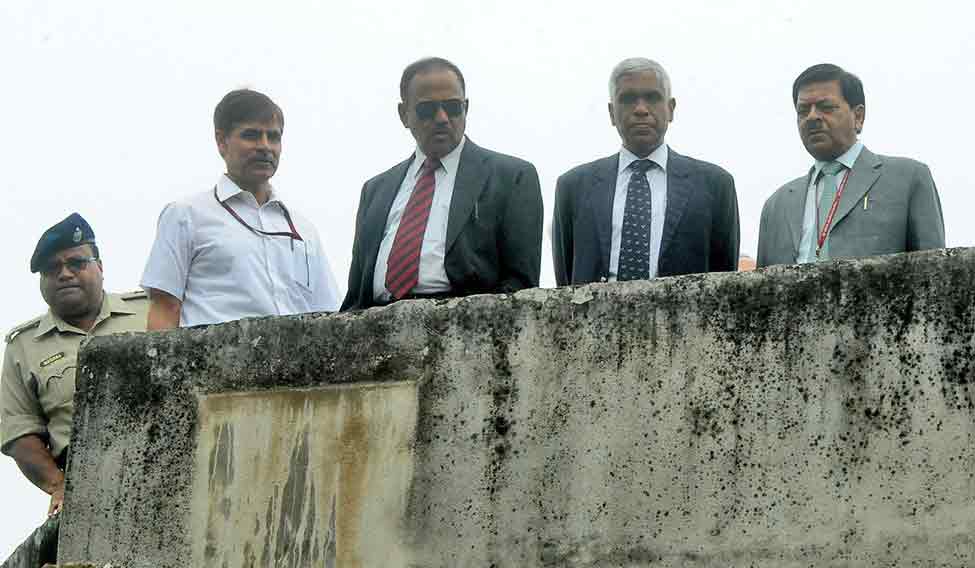Indian intelligence agencies say the Dhaka attack bore the signature of a new trend in terror attacks, where “different streams of Islamic terrorism” merged.
While Islamic State has claimed responsibility, Bangladesh Home Minister Asaduzzaman Khan pointed fingers at Pakistan's Inter-Services Intelligence. Bangladesh suspects that the attackers belonged to the Jamaat-ul-Mujahideen Bangladesh, which allegedly enjoys ISI patronage. The JMB was banned in Bangladesh in February 2005.
Within hours of the hostages being rescued, the National Security Guard offered all assistance to its counterpart in Bangladesh, the Rapid Action Battalion. NSG Director General R.C. Tayal told THE WEEK: "In the next few days we will try to send a team to study the attack. Right now we are on alert." As India's premier counter-terror force, the NSG analyses attacks in the neighbourhood and updates its strategy.
“India and Bangladesh have a good understanding at the official level. We need to fight together, because it's a threat not only to Indian subcontinent, but to the entire world,” Minister of State for Home Kiren Rijiju told THE WEEK.
The Dhaka attack has forced India's intelligence community to rethink its traditional strategy of tracing and targeting outfits. “To name the terror outfit behind an attack is an old concept,” said an officer, who wished to remain anonymous. “Those who carry out an attack may not be card-carrying terrorists of that particular outfit. They may only be drawing ideological support and physical sustenance from that group.”
The director general of police in Uttarakhand, M.A. Ganapathy, headed the internal security desk at the Union home ministry, when the counter-radicalisation strategy against Islamic State was formulated in 2015. He told THE WEEK that the ISI might have helped the JMB killers, but their allegiance was probably to Islamic State. He also pointed out that the Indian wing of IS and its leader—Shafi Armar aka Yusuf al-Hindi from Bhatkal, Karnataka—were once part of the Indian Mujahideen-ISI-Al Qaeda network.
Notably, the Dhaka terrorists had uploaded their photos on the IS website. Indian intelligence agencies believe that this is the new way of IS recruitment. Youth just need to click a photo showing themselves in Arab attire, holding a weapon, and put it on the IS website. Indian agencies are on their toes after IS exhorted jihadi elements to carry out 'lone wolf attacks' in the country.
India has an annual, home secretary-level conference with Bangladesh. Top sources said that, in October 2015, Union Home Secretary Rajiv Mehrishi had cautioned his Bangladeshi counterpart about IS-inspired violence there. Officials who participated in the meeting said the Bangladeshi response was lukewarm.
The Indian high commissioner to Bangladesh, who was in the loop, had also raised the matter with the director general of the Border Security Force. The latter talks regularly to the director general of the Bangladesh Border Guards.
The National Investigation Agency, too, has been in close touch with its Bangladeshi counterpart, sharing details of JMB activities. Sources said the NIA would compare weapons used by Dhaka attackers with the weapons it had collected after busting an Al Jihad module in Burdwan, West Bengal, in October 2014. The JMB allegedly had links with Al Jihad.
Four unexploded improvised explosive devices, sharp weapons, four pistols and an AK-22 were recovered from Holey Artisan Bakery in Dhaka. Interestingly, the AK-22, a .22 long rifle calibre semi-automatic, has never been the weapon of choice for jihadis.






